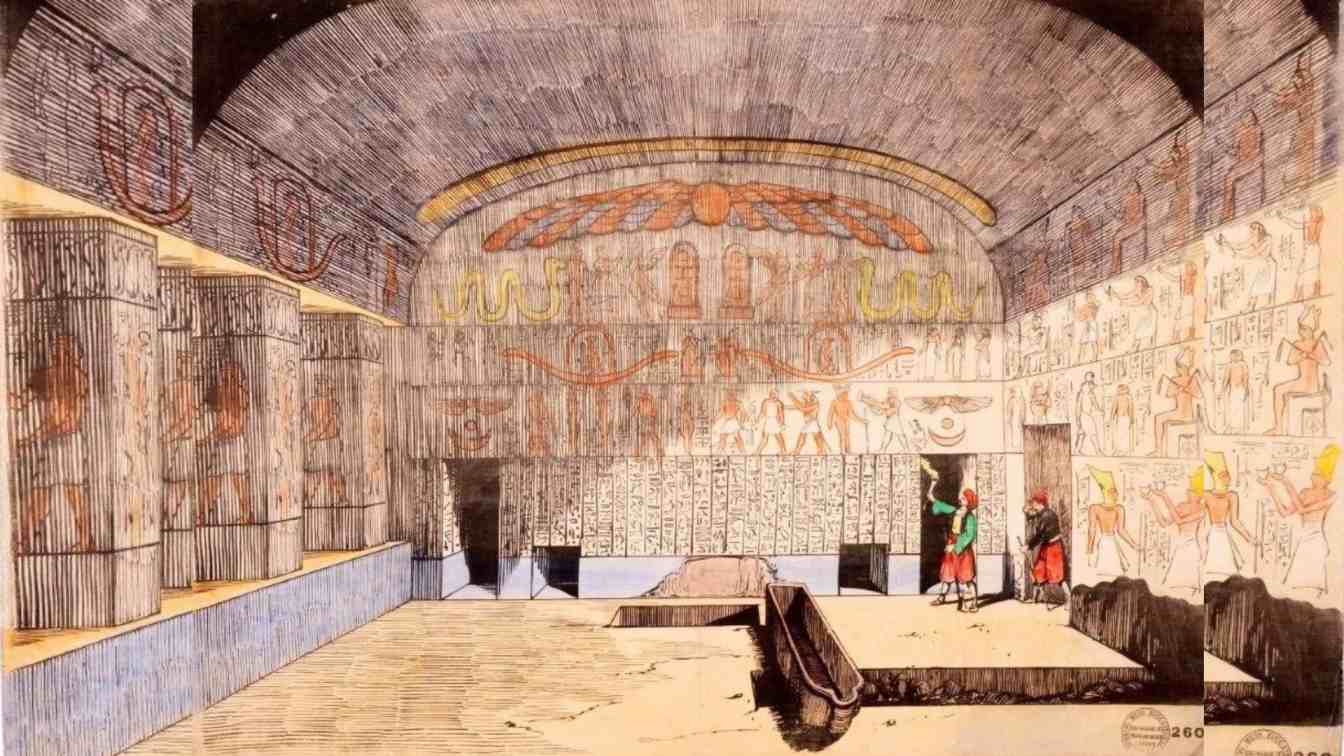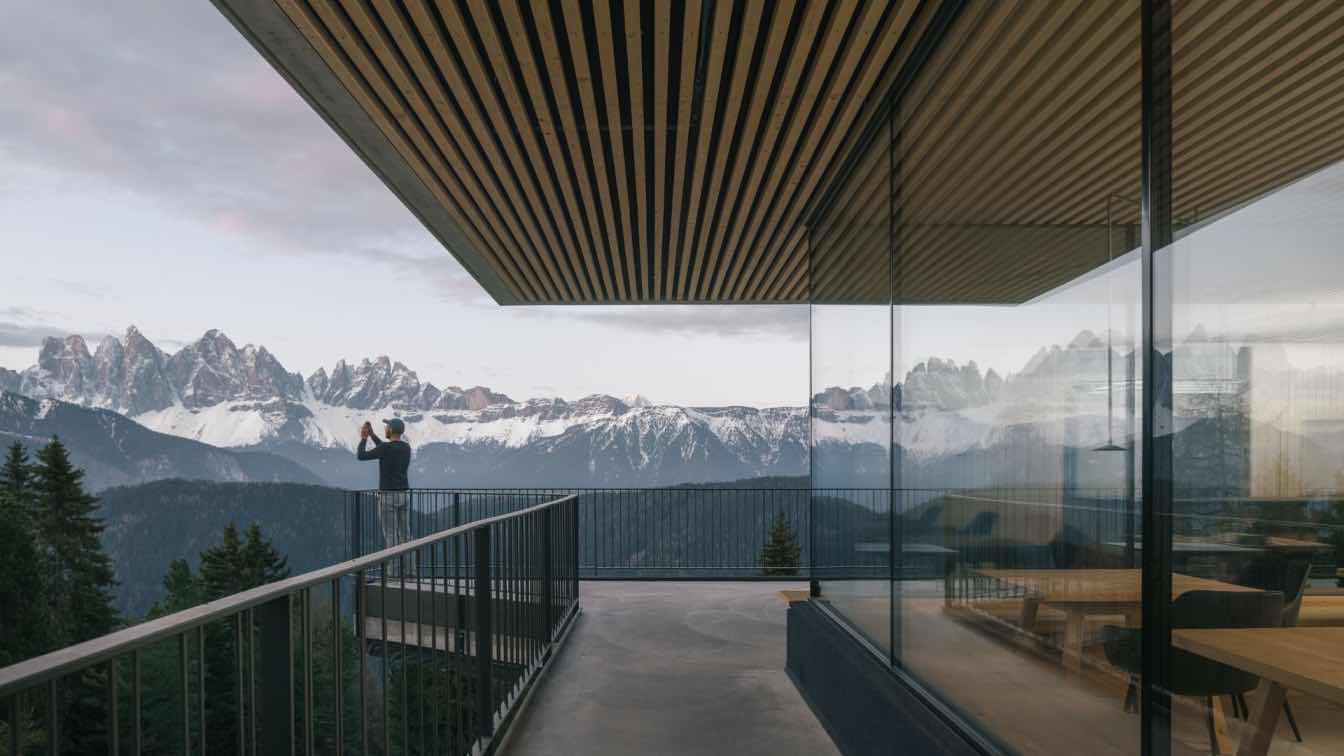8 October 2025 – 18 January 2026
Sir John Soane’s Museum announces a major new exhibition exploring the profound and enduring impact of ancient Egyptian culture on British architecture and design.
The exhibition will showcase never-before-exhibited drawings from the remarkable collection of Sir John Soane, alongside influential architectural designs from the last 200 years and a collection of historic decorative items (think biscuit tins and toast racks!) heavily influenced by Egyptian architecture and aesthetics. New work created by Cairo-born artist Sara Sallam will accompany the exhibition, exploring the legacies of ancient Egypt in the West.
Central to the exhibition is Soane’s own appreciation and understanding of the architecture of ancient Egypt, which he expressed through a lifetime of study and collecting, including his acquisition of the Sarcophagus of the Pharaoh Seti I (d.1279BC) – one of the greatest architect-Pharaohs.
The great monuments, hieroglyphs and exquisite wall paintings of ancient Egypt have long inspired British architects and designers. Centred around architecture and interior design, Egypt: Influencing British Design 1775 – 2025 features a wide range of objects, including books owned by Sir John Soane (1753-1837) and the lecture drawings he commissioned on Egyptian themes, design drawings by renowned architects such as Giovanni Battista Piranesi (1720-1778), Robert Adam (1728-1792), Owen Jones (1809-1874) and John Outram (b.1934), exquisite decorative objects including Wedgwood ceramics and Regency silverware, and affordable homeware from an art deco biscuit tin to a Singer sewing machine. Displayed together, they trace the huge influence of Egyptian style on British architecture and interior design, from the Georgian era and through the Industrial Revolution, to Art Deco and Postmodernism.

The exhibition begins by exploring Soane’s personal interest in ancient Egypt and its architecture as revealed through a range of objects drawn from the Museum’s collection. Intriguingly, Soane had conflicting thoughts about the widespread fascination with ancient Egyptian culture of his time, which he both railed against and yet participated in. Increasingly seeing it as frivolous, Soane noted with disdain the ‘rage for novelty’ that resulted in ‘Egyptian mania’. The adoption of the Egyptian style in Britain has been underpinned by changing ideas about colonialism, romanticism and the picturesque, social reform, spirituality, death and commercial gain: themes explored throughout the exhibition.
The exhibition also charts the British fascination with Egyptian style through a number of buildings both well and lesser known. These range from those Soane knew like the Egyptian Hall on Piccadilly (1812), as well as others such as Temple Works in Leeds (1838-40) and Arcadia Works (the Carreras Cigarette Factory, 1926-8) in London. George Coles’ Carlton Cinemas (1928 and 1930) and John Outram’s Sphinx Hill (1999), a Grade II listed house on the banks of the Thames in Oxfordshire, are testament to the ongoing appeal of Egyptian style.
The exhibition includes a range of mass-produced decorative items which demonstrate how the desire to display Egyptian-themed objects in the home extended far beyond the wealthiest members of society and, in the wake of the industrial revolution, how an ever-broadening range of commodities was available. Here in Britain, the association between commerce and Egyptian style begins with Liberty, whose beautiful Egyptian-inspired silks are represented in the exhibition, and continues through examples such as the now-demolished Earl’s Court Homebase (1988) with its huge, witty relief sculptures showing Egyptian gods clutching power tools. The exhibition concludes with a reflection on Egypt in contemporary design. New drawings by celebrated architect John Outram aim to reinvent Egyptian design with its spiritual significance, harnessing its power for the twenty-first century.

The exhibition will be accompanied by new work by Cairo-born artist Sara Sallam, in response to one of the centrepieces of the Museum’s collection, the Sarcophagus of the Pharaoh Seti I (d.1279BC). She will also create a handmade, limited edition artist’s book, A Tourist Handbook for Egypt Outside of Egypt (Volume II: London) which will be available to purchase in the Museum’s shop and online. This will comprise a walking tour reflecting on the legacy of Egypt in London.
Dr Louise Stewart, Head of Exhibitions at Sir John Soane’s Museum and co-curator of this exhibition alongside Chris Elliott, says: “This exhibition reveals the multitude of ways in which British architects and designers, as well as ordinary people, have engaged with Egyptian style over the past 250 years. While the meanings ascribed to ancient Egypt are many, and continue to change and spark debate, its enduring appeal reflects, in Soane’s words, an architecture ‘calculated for eternity’.”



About Sir John Soane’s Museum
Sir John Soane’s house and collection at No. 13 Lincoln’s Inn Fields has been a national museum since the early nineteenth century. Designed by renowned architect Sir John Soane and filled with his world-class collection of paintings, sculptures, artefacts and models, the Museum retains the same fabric and design as at the time of Soane’s death in 1837. Today, the Museum encourages access to Soane’s legacy in its broadest sense: architecture and design, creative originality, a commitment to learning and enquiry, and the connections between past and present that the Museum and its collections reveal. The Museum is open Wednesdays to Sundays, 10am to 5pm. Entry is free. There is no need to pre-book – you can walk in on the day. Sir John Soane’s Museum, 13 Lincoln’s Inn Fields, London, WC2A 3BP.
This exhibition has been generously supported by the following individuals and organisations:
ANŪT CAIRO, David Borthwick and Molly Lowell Borthwick, Nicoletta Fiorucci, Lucie Jay, Mondriaan Fonds,
Baron Lorne Thyssen-Bornemisza and Kathy Uhde





